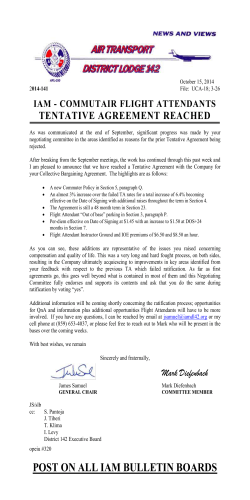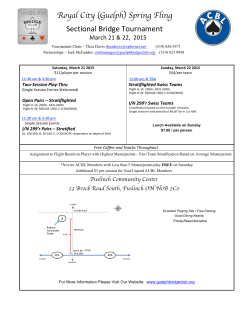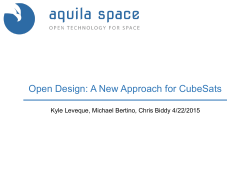
Slides
1 The analysis for remote flight testing assumes an existing validated set of processes and procedures for flight test. This analysis does not perform an full analysis of the existing processes or procedures but rather, it looks at the added variable of remote flight testing and those implications to be considered. 2 The analysis for remote flight testing assumes an existing validated set of processes and procedures for flight test. This analysis does not perform an full analysis of the existing processes or procedures but rather, it looks at the added variable of remote flight testing and those implications to be considered. 3 Remote flight testing is conceptionally where the flight test vehicle is outside the control room (telemetry room) line of sight or immediate flight test area. The overall concept is the data and voice communications from the flight test vehicle are sent to the control room (telemetry room) via some digital method which could be ground based IP Protocol, or some type of satellite based IP Protocol. For this analysis the transport mechanism isn’t important, rather the understanding that there is a mechanism between the vehicle and the control room is important. 4 The overall control system builds on decades of flight testing from not only Boeing, but the USG and other aircraft manufactures as well. This analysis looks only at the added variable of separating the test vehicle and the flight test engineers. 5 These hazards are generally ranked in order of “bad things that can happen” from the perspective of remote flight testing. Hazards 6 and 7 become more interesting when unmanned platforms are considered. The analysis for the unmanned use case is not considered as part of this study. 6 The overall control structure is rather common to all flight testing. From the perspective of manned testing, the new variable that is introduced is the link between the test conductor and the flight crew and the return link of telemetry data and voice. These are represented by the main 4 controls of test engineer, test conductor, flight crew and aircraft. Outside these controls are external entities that can and do interact with both the flight crew and test conductor during an ongoing test. There exists well documented procedures on how these external entities interact with the test conductor and flight crew and are not considered in this analysis. 7 The overall communication paths are straight forward. Voice is communicated to the flight crew, and voice and data are returned. The external range sensors can range from the simple to complex , however in all cases the data is provided digitally to the test team an range control team. 8 LabNet is a Boeing wide VPN providing high bandwidth, low latency network communication. 9 Looking only at one Hazzard. The overall control system builds on decades of flight testing from not only Boeing, but the USG and even our competitors. This hazard analysis looks only at the added variable of separating the test vehicle and the flight test engineers. 10 11 12
© Copyright 2025









